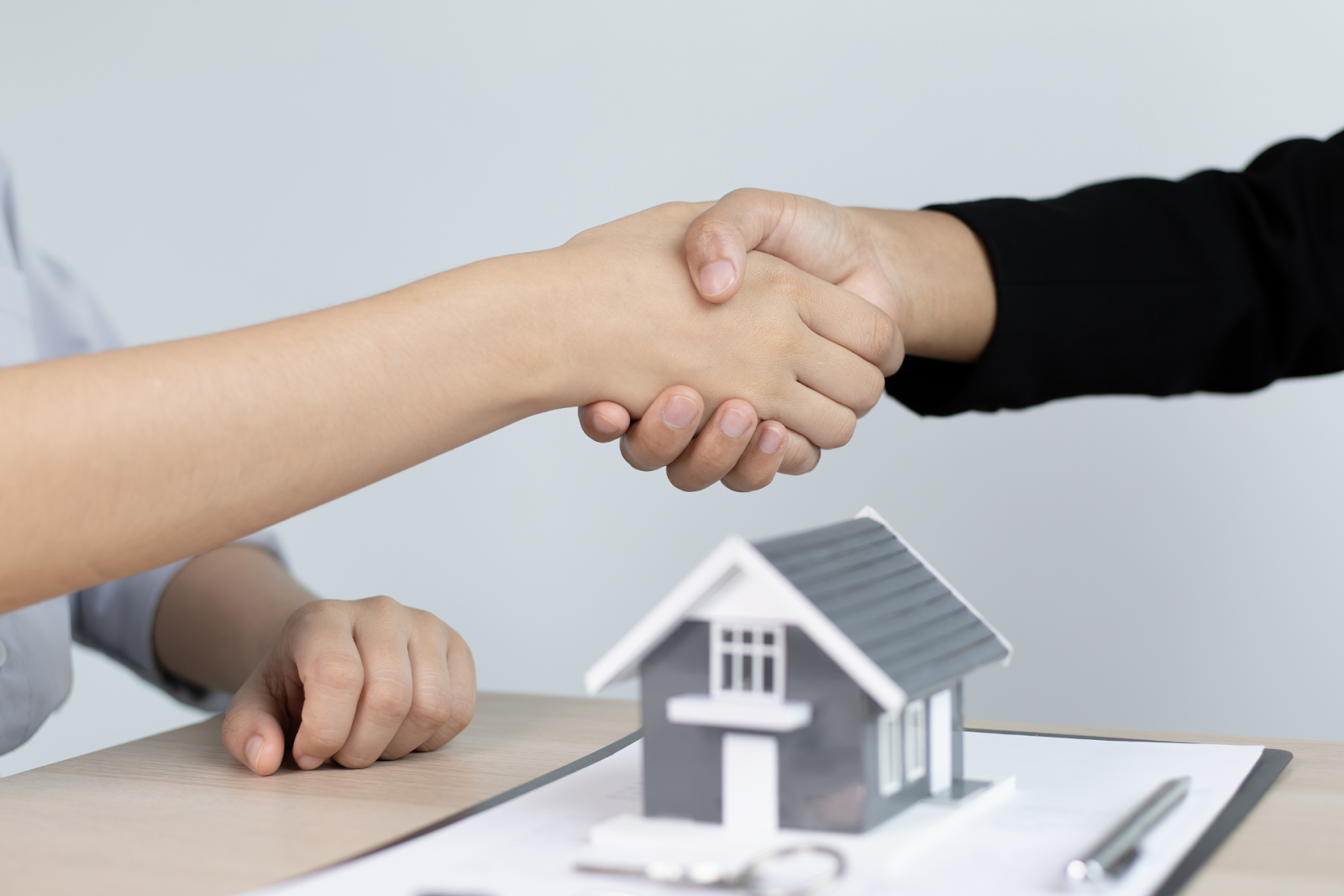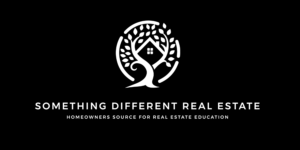When it comes to increasing the value of your home, interior design plays a crucial role that goes beyond mere aesthetics. A well-designed interior can significantly impact a home’s market appeal, functionality, and overall comfort.
Whether you’re planning to sell your property or simply want to create a more enjoyable living space, understanding the value that interior design can add is essential.
This blog explores how thoughtful design choices can increase property value, improve energy efficiency, and enhance the overall living experience. Read on to discover the transformative power of interior design and how it can benefit your home.
Power of First Impressions
First impressions matter, especially in real estate. Potential buyers often decide within seconds of entering a home whether they are interested. A well-designed interior can make a powerful first impression, creating an inviting atmosphere that makes buyers feel at home.
1. Increases Market Appeal
- Staging for Success: Professional staging is a powerful tool for highlighting a home’s strengths and creating a neutral, appealing environment. This involves arranging furniture and decor to showcase the property’s best features and allow potential buyers to envision themselves living there.
- Highlighting Key Features: Interior design can strategically emphasize a home’s most attractive features, such as spacious rooms, natural light, or unique architectural details.
Related Articles:
- How to Negotiate a Price on a House – Guide 2024
- Why Isn’t My House Selling – Top 5 Reasons
- Real Estate Tips for Buyers
2. Promoting Energy Efficiency
Sustainable and energy-efficient design is increasingly important in today’s environmentally conscious market. Interior design can play a key role in enhancing a home’s energy efficiency, which benefits the environment and helps reduce utility costs for homeowners.
- Smart Lighting: Energy-efficient lighting solutions, such as LED bulbs or smart lighting systems, can significantly reduce electricity consumption and lower utility bills. LED lights are more efficient and have a longer lifespan compared to traditional incandescent bulbs, making them a cost-effective and environmentally friendly choice.
- Sustainable Materials: Incorporating sustainable materials into interior design, such as bamboo flooring, recycled glass countertops, or low-VOC (volatile organic compounds) paints, promotes environmental sustainability and improves indoor air quality.
Learn real estate anytime, anywhere with our real estate online courses!
3. Enhancing Comfort and Well-being
A well-designed home goes beyond aesthetics to enhance the comfort and well-being of its occupants. As people spend more time at home, creating a space that supports their physical and mental health becomes increasingly important.
- Ergonomic Design: The ergonomic design focuses on creating spaces that support human well-being and performance. By considering ergonomic principles, interior design can enhance the functionality and comfort of the home, making it a more pleasant place to live and work.
- Biophilic Design: Biophilic design incorporates elements of nature into indoor spaces to enhance mental and physical well-being. Biophilic design has been shown to reduce stress, increase happiness, and create a more soothing and pleasant living environment.
- Colour Psychology: Colour psychology involves using colors strategically to influence mood and emotions. Different colors can evoke specific feelings or responses. By understanding and applying color psychology, interior design can create environments that support each room’s desired mood and function.
Achieve real estate mastery with our FSBO courses!
4. Increasing Property Value
One of the most tangible benefits of interior design is its potential to increase property value. Several studies and real estate experts confirm that investing in quality interior design can yield a significant return on investment.
- Return on Investment (ROI): Investing in professional interior design can provide a high return on investment. The design quality often translates into higher property values, making it a worthwhile investment for homeowners looking to sell.
- Market Differentiation: A beautifully designed home stands out from similar listings in a competitive real estate market. Effective interior design can differentiate a property from others, attracting more potential buyers and leading to quicker sales at higher prices.
- Long-term Value: Quality interior design incorporates timeless elements that remain attractive and functional over time. Investing in durable, classic design features ensures the home maintains its value and appeal for years. For example, classic design elements like hardwood floors or neutral color schemes remain desirable and relevant, providing the home’s long-term value.
Tip – Are you an out-of-state/town real estate investor lacking time to furnish your short-term rental? Something Different Real Estate Design in Wyoming can help! Reach out to Aleah Bennett for expert advice on transforming your space and increasing your property’s worth. Homes with personality attract more guests and boost revenue. Utilizing local vendors and artists in your design not only adds uniqueness but also elevates guest comfort and enjoyment. Contact Aleah to make your rental stand out!
Let’s make your home stand out!
Practical Tips for Adding Value Through Interior Design
For homeowners looking to enhance their property value through interior design, here are some practical tips:
Invest in Quality Materials: High-quality materials not only look better but also last longer, providing enduring value.
Focus on Key Areas: Prioritize areas that have the most impact, such as the kitchen and bathrooms, to significantly boost overall value.
Work with Professionals: Hiring a professional interior designer can provide valuable insights and expertise, helping avoid costly mistakes.
Incorporate Technology: Integrate smart home features like thermostats, security systems, and automated lighting to add significant value.
Keep it Neutral: Use neutral colors and classic styles to create a versatile backdrop that appeals to a broader range of buyers.
Update Regularly: Simple updates like new paint, updated hardware, or contemporary light fixtures can keep a home looking fresh.
Maximize Natural Light: Ensure windows are unobstructed, use light colors to reflect light, and add mirrors to amplify natural light.
Optimize Space: Transform underutilized areas into functional spaces and ensure a seamless flow between rooms.
Personalize Solutions: Tailor solutions to meet specific needs and preferences, enhancing functionality and appeal.
Use Sustainable Materials: Choose eco-friendly materials like bamboo flooring or low-VOC paints to improve sustainability and air quality.
Smart Lighting: Implement energy-efficient lighting solutions, such as LED bulbs or smart lighting systems.
Ergonomic Design: Create spaces that support well-being and performance with ergonomic furniture and thoughtful layouts.
Biophilic Design: Incorporate elements of nature, like indoor plants or natural materials, to enhance mental and physical well-being.
Color Psychology: Use color psychology to create environments that promote relaxation, focus, or energy depending on room function.
Interior design is far more than just an exercise in aesthetics. It plays a crucial role in enhancing the functionality, comfort, and value of a home.
For homeowners and real estate investors alike, investing in quality interior design is a strategic move that can pay off significantly in the long run.

